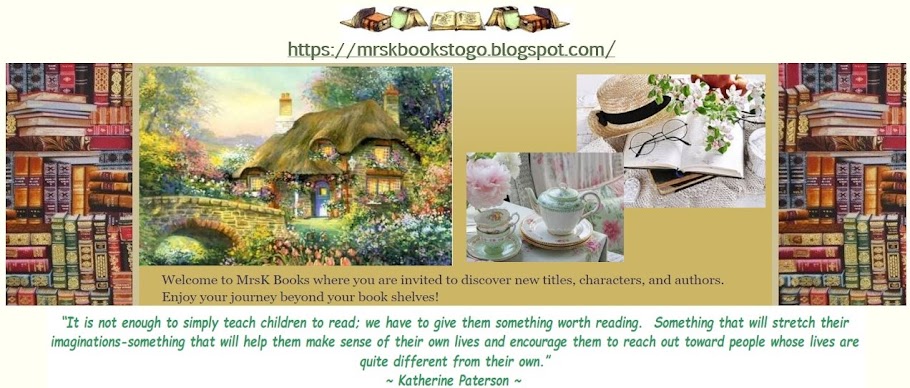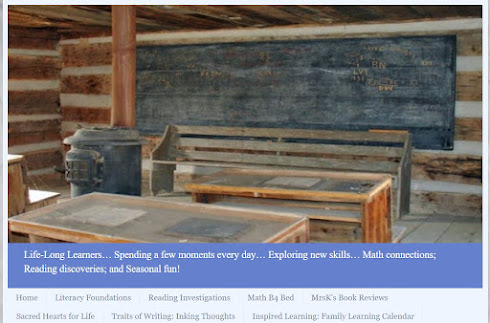ISBN: 978034550330
Publisher's Synopsis:
In the opening pages of Jamie Ford’s stunning debut novel, Hotel on the Corner of Bitter and Sweet,
Henry Lee comes upon a crowd gathered outside the Panama Hotel, once
the gateway to Seattle’s Japantown. It has been boarded up for decades,
but now the new owner has made an incredible discovery: the belongings
of Japanese families, left when they were rounded up and sent to
internment camps during World War II. As Henry looks on, the owner opens
a Japanese parasol.
This simple act takes old Henry
Lee back to the 1940s, at the height of the war, when young Henry’s
world is a jumble of confusion and excitement, and to his father, who is
obsessed with the war in China and having Henry grow up American. While
“scholarshipping” at the exclusive Rainier Elementary, where the white
kids ignore him, Henry meets Keiko Okabe, a young Japanese American
student. Amid the chaos of blackouts, curfews, and FBI raids, Henry and
Keiko forge a bond of friendship–and innocent love–that transcends the
long-standing prejudices of their Old World ancestors. And after Keiko
and her family are swept up in the evacuations to the internment camps,
she and Henry are left only with the hope that the war will end, and
that their promise to each other will be kept.
Forty years later, Henry Lee is
certain that the parasol belonged to Keiko. In the hotel’s dark dusty
basement he begins looking for signs of the Okabe family’s belongings
and for a long-lost object whose value he cannot begin to measure. Now a
widower, Henry is still trying to find his voice–words that might
explain the actions of his nationalistic father; words that might bridge
the gap between him and his modern, Chinese American son; words that
might help him confront the choices he made many years ago.
Set during one of the most conflicted and volatile times in American history, Hotel on the Corner of Bitter and Sweet
is an extraordinary story of commitment and enduring hope. In Henry and
Keiko, Jamie Ford has created an unforgettable duo whose story teaches
us of the power of forgiveness and the human heart.
MrsK's Review:
This is our August Booked to Dine choice. Since we live in Washington state south of Seattle, we knew we had to read and discuss this book. Our goal was to take a book club field trip to the corner of Bitter and Sweet, enjoy the Seattle way of life, and spend a day filled with laughter, good food, and great discoveries.
This historical fiction novel is set in two different time frames. The retelling of the main character's childhood (1942-1945) and Henry's present journey (1986) taking place as he is uncovering the truth about where Keiko, his childhood friend, was taken. These two time frames are brilliantly woven. The quest and journey for truth forty years later is crafted like a tapestry with little snippets of memories as its threads, providing for the reader the history and relationships with in the character's mind and heart.
You meet Henry at the steps of the Panama Hotel as the press and onlookers are discovering the long forgotten belongings of those evacuated during WWII. The current owner is showing a few of the items found during the hotel's renovation. Henry begins his quest for the truth once a parasol is opened. An image of Keiko with that parasol flickers within Henry's mind and begins smoldering into a desire to search the remaining belongings still stored beneath the hotel.
From the steps of the Panama Hotel, Henry's need to locate Keiko's items will be the "golden story thread" throughout the haunting historical facts about the WWII Japanese relocation in Washington State. Those historical threads portrays the "ugliness" of fear, war, prejudice, and the worst of humanity. The best of humanity is beautifully crafted beginning with Henry's devotion to a friend in the time of need. It is "felt" as Henry's son and his fiance begin to uncover why Keiko is so important to Henry's quest. You "watch" it as it unfolds with a cast of characters supporting Henry's quest: Sheldon the street musician; Mrs. Beatty the school's cafeteria lady; and the postal clerk whose identity becomes so crucial to Henry's life.
So many poignant stories about the WWII Japanese relocation have recently been penned and published, and this story is just as courageous. What history can teach us should be guiding our steps today. How each individual life helps or destroys the lives of others is embedded within the pages beyond the ink... it goes deeply into the choices of our actions and what we say, discuss, and choose to live by.
This is a journey worth experiencing,
MrsK
From the steps of the Panama Hotel, Henry's need to locate Keiko's items will be the "golden story thread" throughout the haunting historical facts about the WWII Japanese relocation in Washington State. Those historical threads portrays the "ugliness" of fear, war, prejudice, and the worst of humanity. The best of humanity is beautifully crafted beginning with Henry's devotion to a friend in the time of need. It is "felt" as Henry's son and his fiance begin to uncover why Keiko is so important to Henry's quest. You "watch" it as it unfolds with a cast of characters supporting Henry's quest: Sheldon the street musician; Mrs. Beatty the school's cafeteria lady; and the postal clerk whose identity becomes so crucial to Henry's life.
So many poignant stories about the WWII Japanese relocation have recently been penned and published, and this story is just as courageous. What history can teach us should be guiding our steps today. How each individual life helps or destroys the lives of others is embedded within the pages beyond the ink... it goes deeply into the choices of our actions and what we say, discuss, and choose to live by.
This is a journey worth experiencing,
MrsK
Amazing and engaging read!
Added to my shelf
Meet the Author:




No comments:
Post a Comment